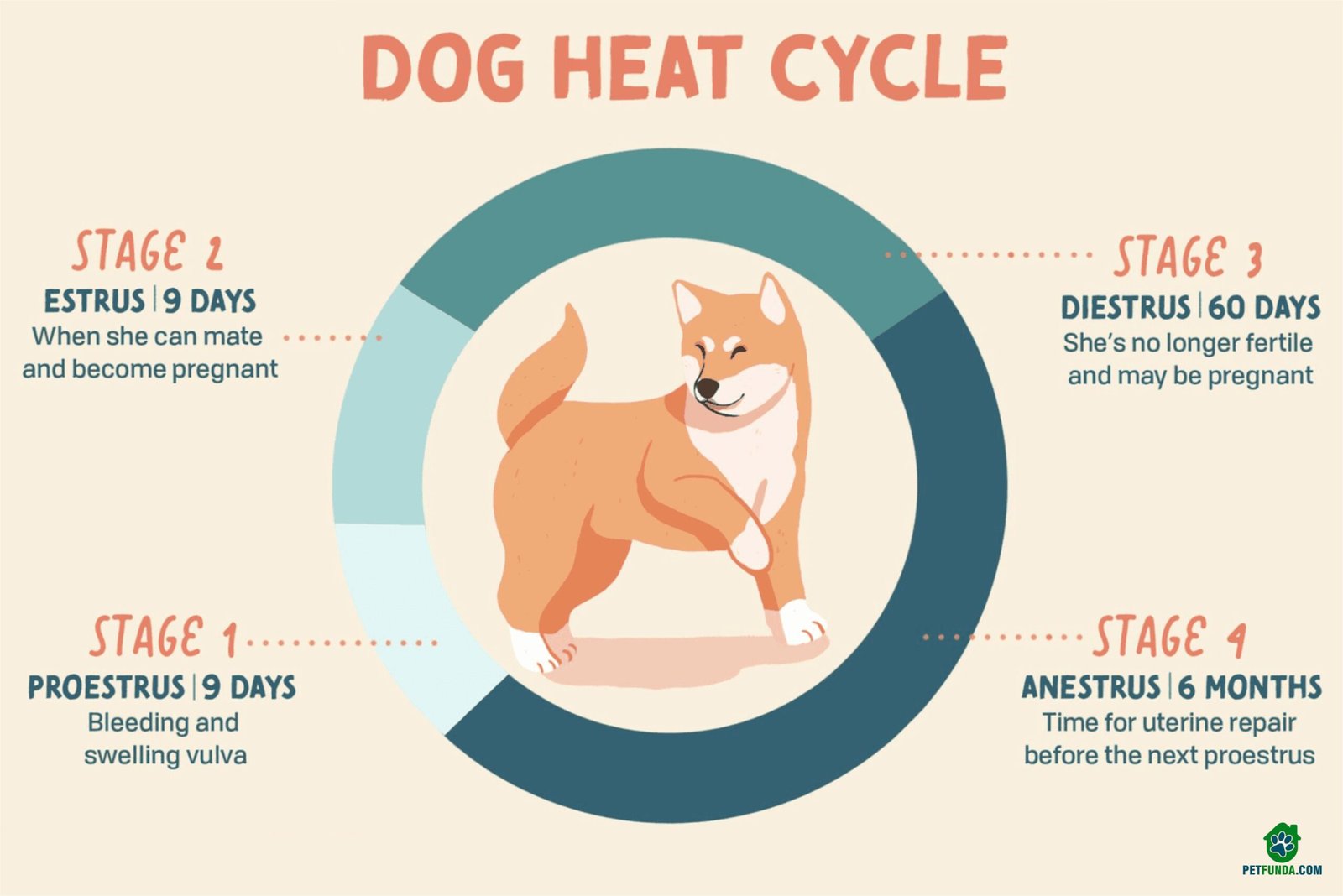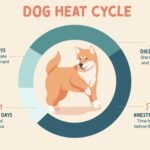As humanity’s best friends, dogs deserve to be looked after. And it is not as simple as it sounds, their nutritional requirements are very different from that of humans, thus they need different types of food. Further, it is crucial to provide them with the appropriate amount of food at the right times. That is why we have compiled a list of some guidelines to help you establish a feeding schedule and portion control for your dog.
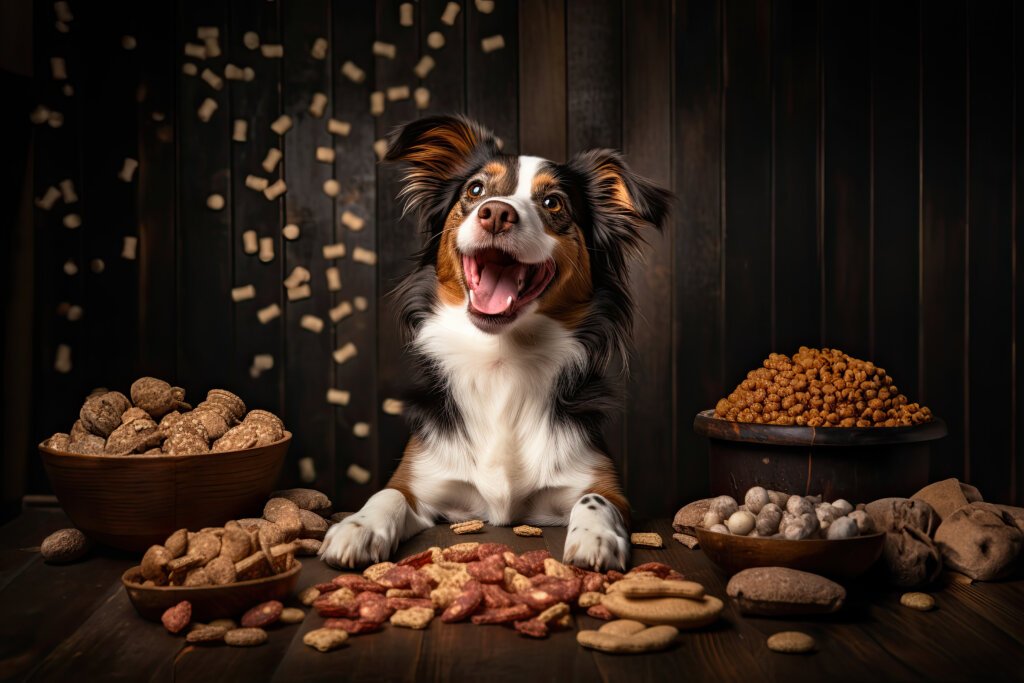
Helpful guidelines for feeding schedule and portion control for your dogs
Let’s get started:
1. Determine the appropriate daily calorie intake
The first and foremost guideline about feeding schedules and portion control for your dogs is to ensure that it is getting the right amount of calories. The number of calories your dog needs is determined based on factors such as age, weight, activity level, and overall health. For example, puppies, senior dogs, pregnant or lactating dogs, and those with medical conditions may have specific dietary requirements. We recommend consulting with your veterinarian to determine the ideal caloric intake for your furry baby and developing a feeding schedule and portion size accordingly.
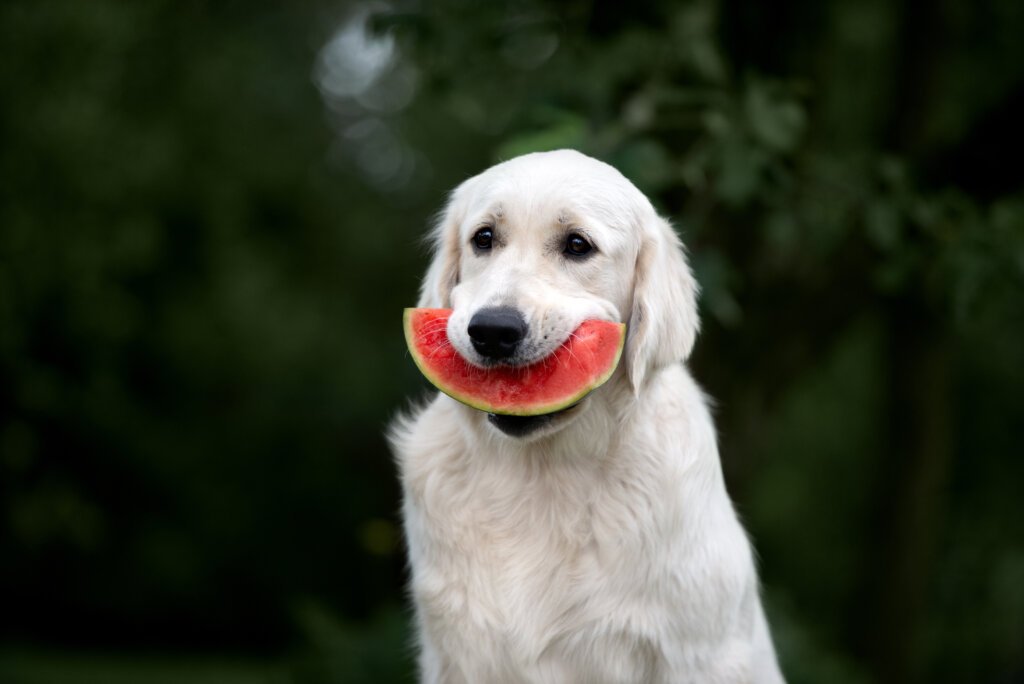
2. Choose high-quality dog food
An important guideline to remember is choosing the right food to feed your dog. Remember it is not only how much and when your dog eats it, it is also about what you eat it. You must only serve your furry baby high-quality dog food that meets the nutritional standards set by reputable organizations, such as the Association of American Feed Control Officials (AAFCO). You can consult your veterinarian about the right food for your pet. High-quality dog foods typically provide their feeding guidelines on the packaging, which can serve as a starting point. You must avoid foods with excessive fillers, artificial additives, or low-quality ingredients.
3. Be Mindful of Feeding Environments
The environment in which your dog consumed its food also affects its eating habits. We recommend creating a calm and distraction-free feeding environment for your dog. You must feed it in a quiet area away from excessive noise or activity. Avoid feeding immediately before or after vigorous exercise, as it can lead to digestive issues. Additionally, you must consider using puzzle toys or slow feeders to provide mental stimulation and prevent rapid eating, which can lead to bloating or choking.
4. Stick to a consistent schedule
By nature, dogs are creatures of habit and thus tend to prefer getting their meals at specific times. You must establish a feeding routine for your dog and stick to it. You must try to feed your dog at the same time each day. This will also help regulate their metabolism and digestion. As for the number of meals, puppies often require more frequent meals, while adult dogs can typically be fed twice a day.
5. Monitor your dog’s body condition
Even if you are following all these guidelines you must still regularly assess your dog’s body condition to ensure they are maintaining a healthy weight. If your dog is healthy weight range, you should be able to feel their ribs and there shouldn’t be any excess fat covering. Further, they should have a visible waist when viewed from above. If you find your dog overweight or underweight, adjust the portion size accordingly in consultation with your veterinarian.
6. Avoid overfeeding
Overfeeding can lead to obesity in your dog along with many other health issues. You must be mindful of the number of treats or table scraps you offer, as these can contribute to excess calorie intake. We recommend using treats sparingly and choosing low-calorie options or considering using a portion of their daily food as treats. If you must give treats frequently, reduce the regular meal portion size to avoid exceeding their daily caloric needs.
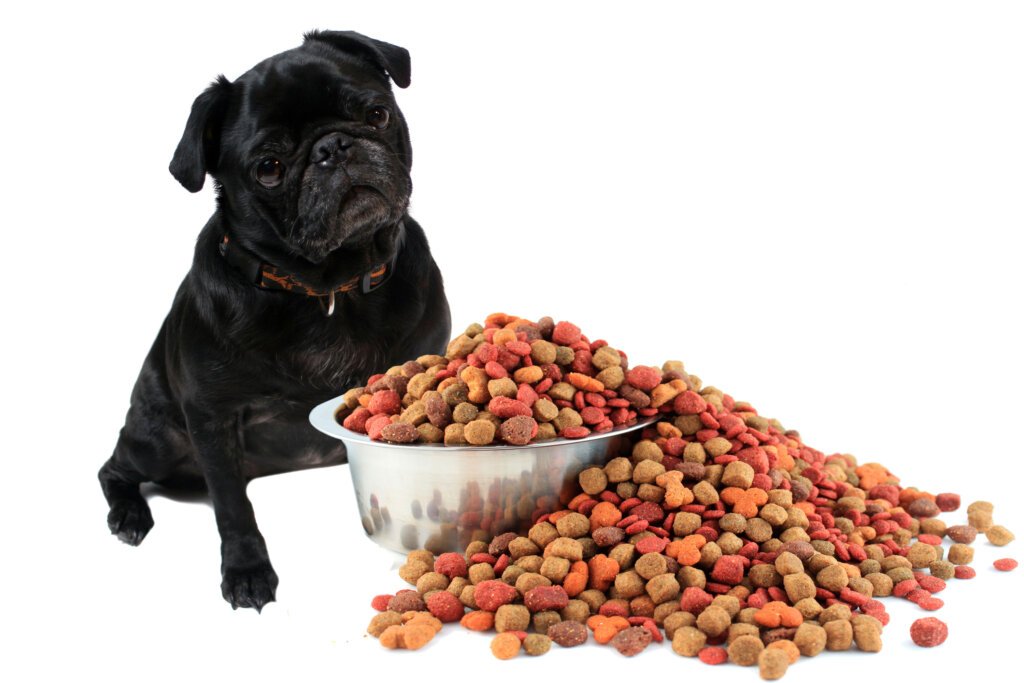
7. Adjust Portion Sizes for Activity Level
Another helpful guideline we highly recommend is adjusting portion size for the activity levels of your dog. Dogs with high activity levels, such as working dogs or those participating in rigorous exercise or sports will require larger portion sizes to meet their energy needs. Conversely, less active or sedentary dogs will require smaller portion sizes to prevent weight gain. Thus you must adjust the portion sizes accordingly to maintain a healthy body condition.
8. Measure portions accurately
Often dog owners like eyeballing or guessing as a way of measuring portions. However, it can result in inconsistent portion sizes, which may lead to overfeeding or underfeeding. It is thus crucial to accurately measure portions for your dog. We highly recommend using a designated measuring cup or scale to accurately measure your dog’s food portions.
9. Gradual Transition and Avoid Rapid Changes
Another highly recommend guideline is to go for a gradual transition when you are moving your dog to a new brand of dog food over several days. Sudden changes in there can cause digestive upset, including diarrhea or vomiting. You can start by mixing a small amount of the new food with the old food, gradually increasing the proportion of the new food until the transition is complete.
10. Monitor water intake
Last but not least guideline for feeding control and portion control for your car is monitoring their water intake. Alongside proper feeding, it’s also crucial to ensure your dog has access to fresh water at all times of the day. Adequate hydration supports overall health and aids in digestion in dogs and humans alike. It is crucial to ensure that your dog has access to fresh water at all times.
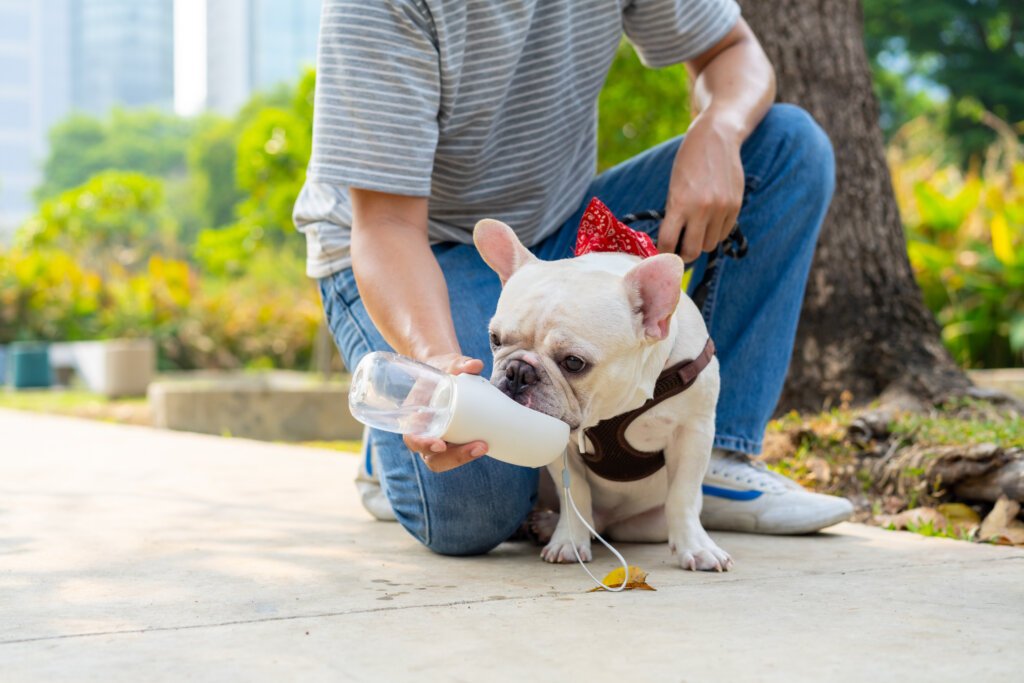
Frequently Asked Questions (F.A.Q.s)
There are several questions that the readers may have about dog food portion control and feeding schedules The following are some of the most Frequently Asked Questions (F.A.Q.s):
Question: What else should I know when following these guidelines?
Answer: Remember, these guidelines provide general recommendations, but every dog is unique, and their nutritional needs may vary. It’s also always a good idea to consult with your veterinarian to create a personalized feeding plan based on your dog’s specific and unique requirements, health status, and any dietary restrictions they may have.
Question: Why can’t I feed my dog on human food?
Answer: Human food is rich in carbohydrates and plant-based proteins whereas dogs need animal-based food and fats. Human food is thus not suitable for your dog.
If the reader has any other questions, they should feel free to ask them here.
The Bottom Line
One can easily wrap up the above discussion by concluding that maintaining portion control and a feeding schedule for your dogs is essential and these guidelines can help you do that.


